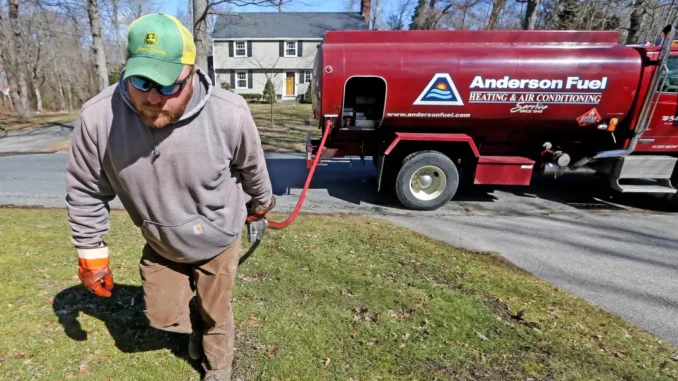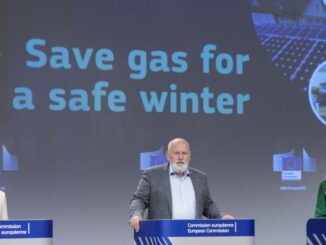
Demand for heating fuels such as gasoil and LPG has shown few signs of recovery despite cooling temperatures across Europe, sources said Nov. 24.
The propane market has been trending lower as oversupply and low demand from the heating sector quash any sparks of activity.
While inland sources expect demand to pick up in December, little spot demand has surfaced.
“I heard some cargoes on offer from the UK, but sellers were struggling to find a buyer,” an LPG distributor said.
Supply is readily available and length continues to build from US LPG exports and abundant supply from refineries across Europe; all the while demand remains depressed.
The subdued demand has push inland prices to their lowest values so far this year.
Platts, part of S&P Global Commodity Insights, assessed the propane FOB ARA barge market at $620/mt Nov. 23, down $13 week on week, and the lowest value since August 2021. The propane FCA ARA market, associated with inland propane delivery via railcar or truck, was assessed at $670/mt, down $20 week on week, and also the lowest since August 2021.
Despite cooler temperatures in Europe, inland sources said they expect the current demand landscape to stay as it is until early to mid-December. However, once demand kicks in sources said storages are likely to be fully depleted within several weeks.
With many sources pointing to participants struggling to secure contracts for the new year, supply fears have been hovering over the LPG market ahead of any significant changes in demand.
“There is no spot demand for December”, an inland source. “There are only discussions for contracts — people are still searching.”
Once demand reignites activity from the heating sector, sources expect premiums to skyrocket between December and the new year, as supply levels quickly diminish.
In the summer, participants were “panic buying” ahead of the winter season in order to have sufficient supply. Sources anticipate this trend to occur as early as March as worries over winter premiums for 2023 already loom over the LPG market.
The propane FOB ARA market is currently at a $38 premium to the propane CIF NWE large cargo market, and the FCA ARA market is at a $88 premium. Earlier this year sources were expecting premiums of $200-$300.
Gasoil supply fears loom
In the gasoil market, demand remains low despite the onset of cooler seasonal temperatures in Europe. Traders suggested that temperatures might have to fall further before seasonal buying kicks in.
“It’s hard to say [when demand will kick off],” one trader said. “I hope it does, but we might have to wait until temperatures are below zero for a couple of days.”
Nevertheless, traders worry that when demand does kick off, the European market will become very short. Prompt supply in the inland Rhine market remains, low pushing up premiums and aggravating the backwardated structure of the market.
Platts assessed the 0.1%S FOB ARA barge differential up $3/mt in the week to Nov. 17 to a discount of $16.50/mt to the ICE LSGO. The 50ppm FOB ARA barge premium rose $14.75/mt week on week to a premium of $11.75/mt Nov. 17.
The first trader pointed out that the market was undersupplied, adding that supplies from France had not arrived since the end of the refinery strikes last month. Supplies were equally not coming from Germany.
The inland Rhine is mostly supplied by barges bringing volumes down from the Amsterdam-Rotterdam-Antwerp shipping hup. Stocks in the ARA region fell 0.8% to 1.694 million mt in the week to Nov.17.
Further supply disruption could come from the BP Rotterdam refinery where workers went on strike Nov. 22 after the company failed to meet their pay demands. Operations at the refinery remain halted.
In the larger cargo market, rumors of large volumes of gasoil heading from the US to Europe have largely been allayed by traders, who said flows had “not been especially high”. This comes as diesel flows from the US are expected to leap 114% to 677,000 mt, according to Kpler commodity tracking data.
The high sulfur market is likely to take a hit as EU sanctions remove Russian crude at the beginning of next month and products in February 2023. In the heating market, higher sulfur grades coming from Russia are used as feedstock for European refineries to produce 0.1% gasoil.
“Differentials have a lot of room to go up,” a second trader said, adding that they were “rating quite strongly” next year.



